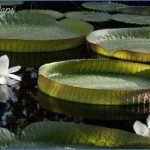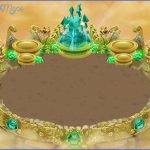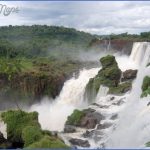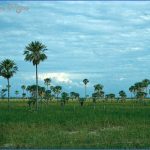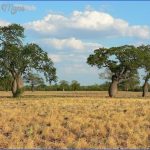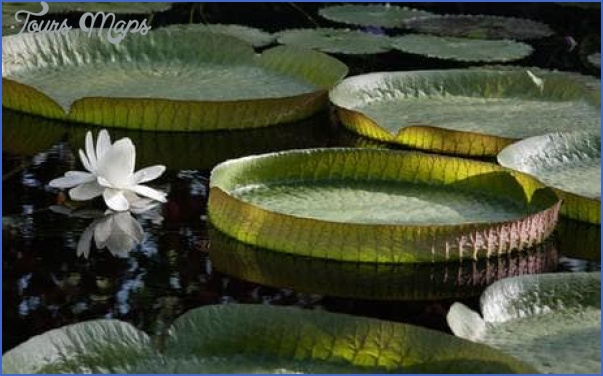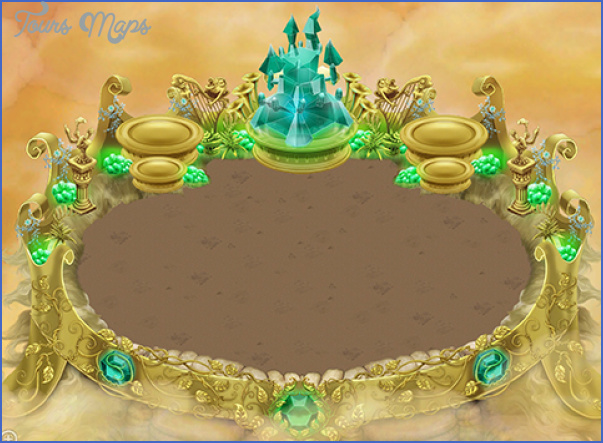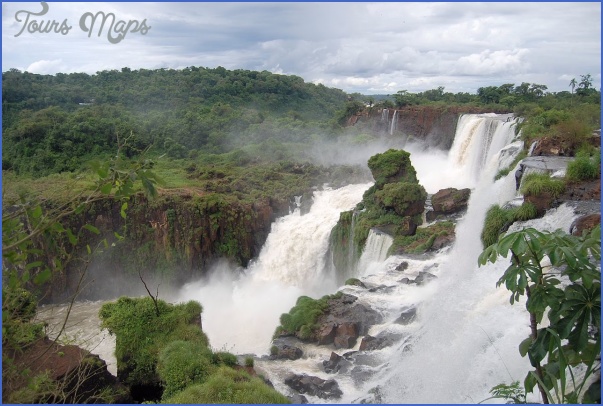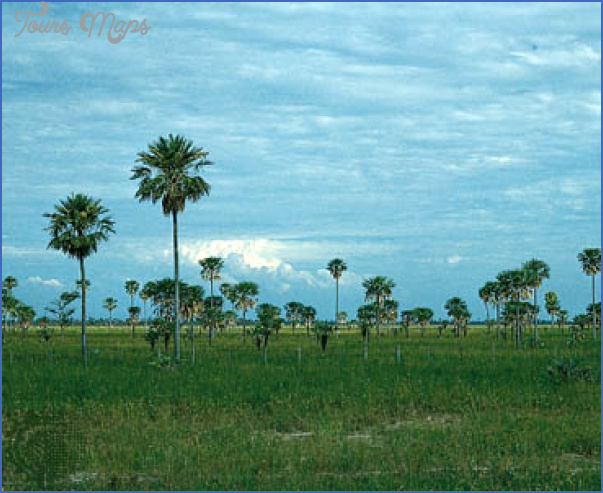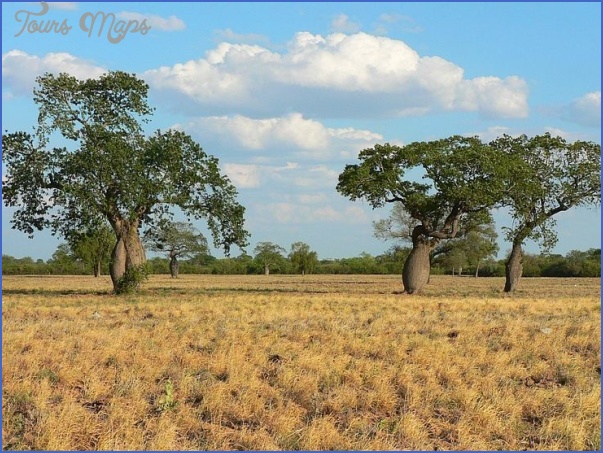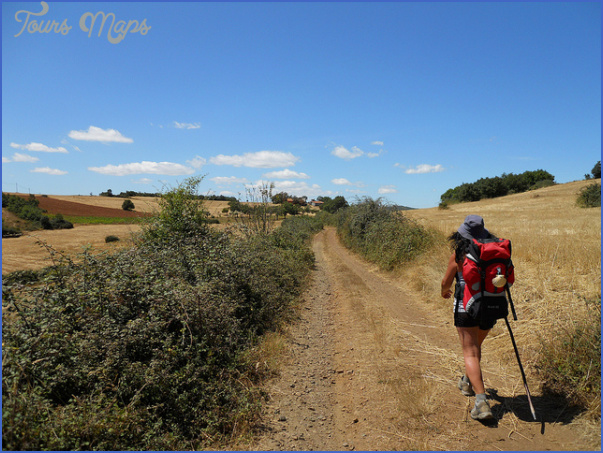Literature & Arts
Paraguay has a limited literary tradition thanks to a slew of dictatorships that discouraged education and sent the educated and artistically inclined in to exile. Augusto Roa Bastos is the country’s most well known author and winner of the prestigious Premio Cervantes prize for Spanish language literature. Social justice is a common theme in his works, which are almost entirely set in Paraguay. Among his best known are Yo El Supremo (I The Supreme) a thinly veiled critique of the Stroessner dictatorship and Hijo de Hombre (Son of Man), both of which are available in English.
Paraguay also has a handful of internationally renowned artists. Olga Blinder is one of the founders of Paraguay’s Grupo Arte Nuevo, which is credited with ushering in Paraguay’s contemporary art movement in the 1950’s. Carlos Colombino is known for his unique pieces created with a combination of woodcutting and painting. Ricardo Migliorissi produces cartoonish colorful and fantastical paintings that often have a subversive streak. Collections displaying a wide range of Paraguayan art can be found at the excellent Museo del Barro (see Asuncion). In addition, the works of sculptors Herman Guggiari, Gustavo Beckelmann, and Hugo Pistilli can be seen in public spaces throughout the city. Within Asuncion, theater has been a common form of artistic expression. There is also a small but growing national film movement. In 2006, Hamaca Paraguaya (Paraguayan Hammock) spoken entirely in Guarani, won the Un Certain Regard award at the Cannes Film Festival. Recently, national productions such as Cuchillo de Palo and 7 Cajas have been released.
Handicrafts
Paraguay has a wide variety of handicraft offerings, from simple and utilitarian hammocks to the ornately decorative silver filigree jewelry. Most crafts date back to the colonial era and many of the same techniques are still used today. Many handicrafts are associated with particular regions and even specific towns where the art forms have been passed down from generation to generation. While a handful of renowned artisans are able to dedicate themselves exclusively to their craft, most have separate day jobs. The majority of female artisans work on their crafts in between household chores.
Sidebar: Many Paraguayan towns in the countryside did not receive electricity until the late 60’s and early 70’s. Until then, women worked on their artesanias by the light of candles and kerosene and gas lamps.
Nanduti
Nanduti, meaning spider web in Guarani, is a delicate handmade lace that is perhaps the most distinctive of Paraguay’s handicrafts. Legend has it that nanduti was originally inspired by a beautifully intricate spider web. Circular designs known as dechados are sewn with needle and thread onto a cloth backing, creating beautifully complex designs. Somenanduti are made with solid colors (usually white), and other times multiple colors are combined to create a rainbow of lace.
Various dechados are combined together and then snipped away from the backing to form everything from elegant doilies to stunning wedding dresses. Even more delicate than regular nanduti creations are those made with very fine thread, known as nanduti de hilo fino. The epicenter of nanduti production is the town of Itagua in the department of Central, which has a small, but delightful Museo del Nanduti with exhibits featuring many of the different designs. Rare antique examples of nanduti can also be seen at the Museo del Barro in Asuncion.
Sidebar: Don’t have room in your backpack for a tablecloth? Individual nanduti dechados make nice applique patches for clothes and bags.
Traveling in Gran Chaco Photo Gallery
Maybe You Like Them Too
- The Best Cities To Visit in The World
- World’s 10 Best Places To Visit
- Coolest Countries in the World to Visit
- Travel to Santorini, Greece
- Map of Barbados – Holiday in Barbados

